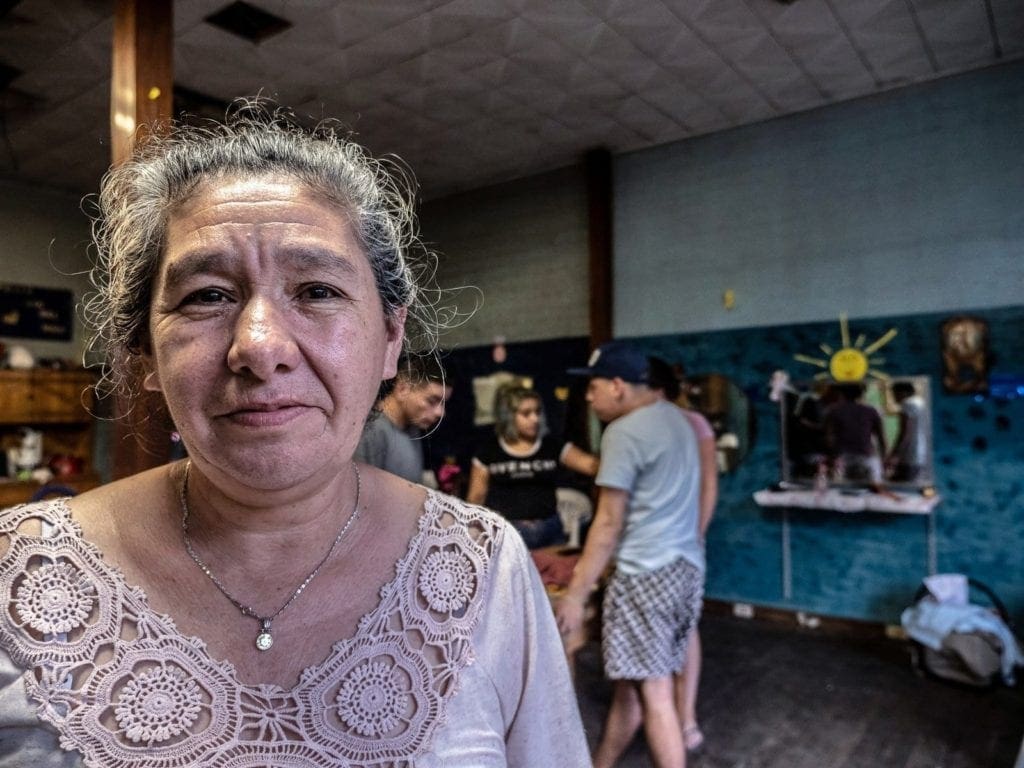A few kilometres from the centre of Buenos Aires lies the barrio La Boca | Republica Popular, the most typical and characteristic place in the Argentine capital. It has about forty thousand inhabitants, many living in colourful tin houses, a symbol of the district with a curious history behind it.
La Boca is one of the 47 areas of Buenos Aires, one of the oldest parts of the city, and the place where most European immigrants began their lives in Argentina. At the end of the 19th century, the neighbourhood was mostly populated by people of Italian origin. A living place, full of energy and music.
Moving away from the small tourist streets of the iconic district, there are stories of delinquency and abject poverty. It only takes two steps, just two, to enter a different reality, a different world. Streets that are sometimes empty, sometimes filled with restless children chattering and playing in the streets, dribbling, and dive bars with very peculiar characters who still speak the Genoese dialect! The atmosphere changes, there is immense poverty, and the danger of the neighbourhood is perceived.

Argentina is subject to periodic, severe socio-economic crises. No less than one-third of the population lives in poverty, a condition that affects about half of the child population, given the higher concentration of hardship in large families. President Mauricio Macri has admitted that with the devaluation of the local currency, poverty will increase. And that is why he announced a strengthening of social measures. Thousands of people in Buenos Aires, as a daily source of food, depend on food canteens called Comedor, private places where you can eat for free.
In the barrio La Boca there are several Comedors run by groups of people, certainly not rich, who have nevertheless decided to organise themselves in an attempt to provide an answer to the neighbourhood’s most pressing problems. The funds for running the Comedores come from the few subsidies the state provides for these community projects.
Comedor Micaela
We met Jorgelina, 65, who lives in a humble house with her husband, son, daughter-in-law and grandchildren. We met Jorgelina, 65, who lives in a humble house with her husband, son, daughter-in-law and nephews. His Comedor Micaela manages to feed more than 50 people a day with fragrant savoury pies. “Every day the number of people in need of food increases and this is a sign of a great need,” says Jorgelina.
“There is no work, there are not enough salaries, everything is very expensive and people do not get to eat every day, especially the elderly and children. We are two people working in the dining hall. There are many families to whom we assist, but seeing the situation and the crisis we are going through, more than 30 families are attending my Comedor, also because, through word of mouth, people are adding up. We are getting help from some shops that collaborate as much as they can, and even some families in the neighbourhood managed to give us something besides the few funds that the Ministry of Social Development gives us. With great efforts and a big heart, we always manage to feed the needy people in our neighbourhood. I see the hunger in their faces”.
Some of the families Jorgelina helps are prison families, others are abandoned mothers. One of them is Angeles, her husband disappeared leaving her with four children, and they have been coming to Jorgelina’s dining room every day for a year. Besides being a Comedor, Jorgelina’s house also has a hairdressing space. Three times a week Jeremias, a volunteer hairdresser, dedicates himself to those who need a shave or haircut.
It is a beautiful story of community and collaboration in a country where the economic crisis of 2001-2002 plunged many Argentinean families into poverty, making livelihoods impossible.

